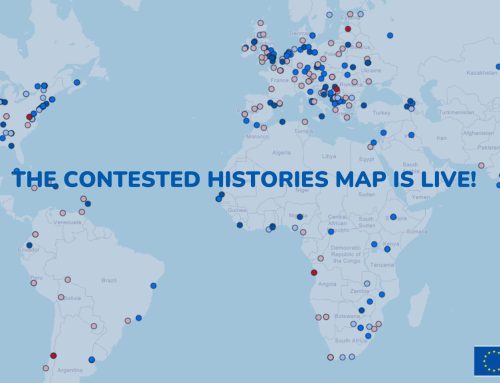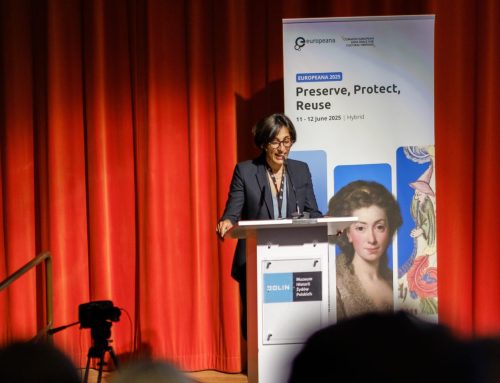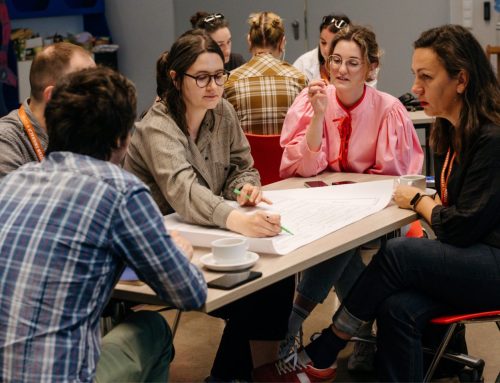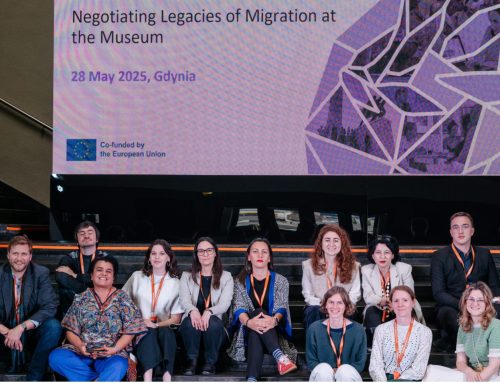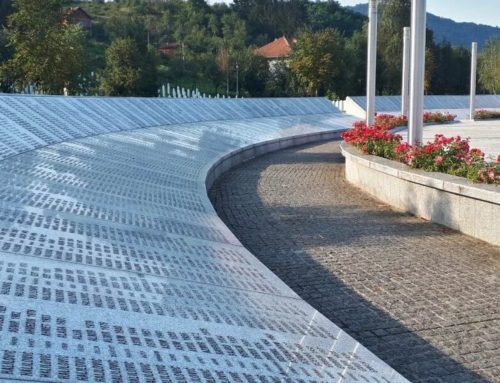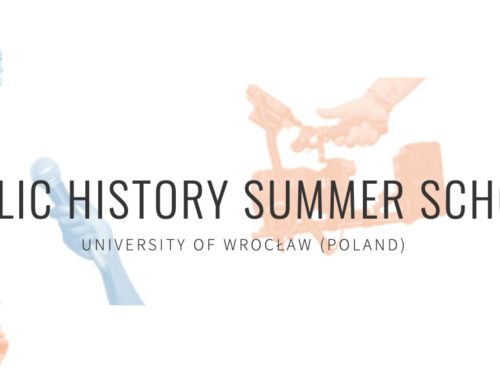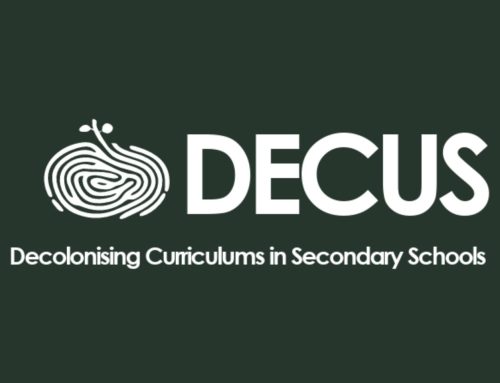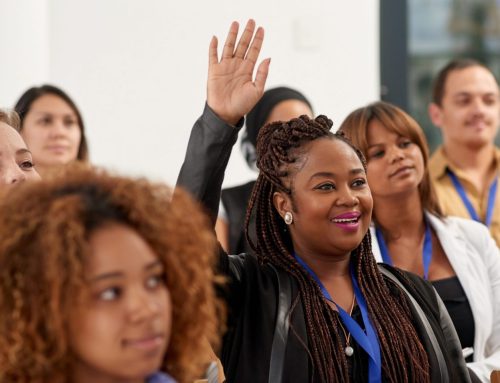It was literally an entry into the dark. The bus pulled over at the stop I knew was mine, not because I could see anything through the black Finnish Autumn outside, but because the notifications inside the bus let me know that we had arrived at Karakallio. As I walked toward the school, the realisation that I was about to experience the famous and apparently world-best Finnish education system did make me slightly apprehensive – but, as with all my experiences over the forthcoming year, I was terribly excited.
I teach History in the United Kingdom at a four-hundred-year-old school just north of London. It educates students from ages 11-18, but only boys from 11-16. The United Kingdom, famously, is centred around exam performance and strict curriculum control, leaving creative opportunities relatively limited, but allowing for quantifiable measures of success if both the student and teacher can cooperate toward the same goals. Since late October, I have had the privilege of visiting three schools across Europe – one in Espoo, Finland, one in Bologna, Italy, and one in Veghel, Netherlands – in the role of a visiting teacher. All three experiences had notable commonalities. They were arranged by fantastic, welcoming teachers who showed me tremendous hospitality. All teachers I observed were tremendous practitioners in their own right, with unwavering dedication to their craft. All three institutions were well run, and enacted wider structures which enabled students to reach their academic potential and feel contented throughout the school day. Yet each had their own peculiar elements of fascination and undoubted quality.
My first visit to Karakallion Koulu in Espoo was prompted by the invitation of former EuroClio Executive Director and veteran History teacher Riitta Mikkola – after my prolonged and unsolicited requests! Teachers in the UK have been told frequently how apparently devoid of quality pedagogy we are in comparison to our Finnish counterparts, and, after learning of the near non-existent assessment focus in Finnish education between the ages of 13 to 16, I was eager to observe the educational culture in practice. I was privileged to both observe and teach English and History classes at the school over two visits (one in October and one in April), with topics ranging from the Industrial Revolution and the American motor industry to NATO and Brexit. Student engagement was consistently high (as it was at all three of the schools I visited), and they clearly felt accustomed to a classroom culture which emphasised conversation about the topic of the lesson almost to the exclusion of any other activity, with little regard to the direction of the conversation. Two different lessons about the beginning of the Cold War with Grade 10 in April went in completely different directions despite students being presented with the same lesson resources, simply because the personalities of the students in the room created different amounts of conversation, and different subject emphasis. While one quiet, passive class preferred to be led through the material and discuss source messages when prompted, the other only managed to get through about four slides in an entire hour, with discussions about the motives of the major world leaders after the Second World War and the nature of dictatorship proceeding freely for almost the entire lesson. Nowhere was there even the slightest concern about finishing a set amount of material in order to make sure students were prepared for an assessment, which would have been a key focus in UK education.
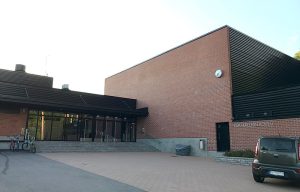
In two memorable lessons on the industrial revolution in October, different Grade 7 lessons discussed creative industrial products to sell to a mass market, and how that might be best accomplished. One class wished to manufacture chocolate, and showed concern for different market segments with products such as vegan chocolate, while another, desperate to save money on production costs, decided to make shoes out of the foreskin of circumcised penises rather than expensive leather. Despite very different approaches to business, both lessons were considered – rightly – to be highly successful, and for the same reason. Students, through the medium of self-directed discussion, had developed their understanding of the subject of the lesson, and simultaneously enhanced their abilities to communicate such understanding. This repeated emphasis of student-led discovery, whether in a Chemistry lesson in which students were encouraged to put whatever they could find into baking soda and find out what happened, or in a Home Economics lesson in which students were left to interpret recipe instructions and make mistakes for themselves, clearly was one of the quintessential hallmarks of Finnish education, and a prominent reason for its continued success.
Five Different Climaxes…
The spray paint was what I noticed at first. I cannot remember how legible it was, or what designs were specifically drawn on the outer walls of the school. It was just something I would not expect to see at a British school, and something that most schools in the UK would perceive as a sign of a student population that had little respect for the school they attended. It only took a matter of moments to realise that the view of Liceo Copernico in Bologna was rather different. Students were very much supposed to take their academic learning and express it in whatever way inspired them.
Throughout the week, students participated in lessons covering an impressively wide array of subjects. From Norman Britain to the Magna Carta to the philosophy of Ancient Greece, it was fairly clear that the curriculum at the Liceo had every intention of encouraging its students to look far beyond the Italian peninsula in their search for academic enhancement. I observed the fantastic Signore Todesco provide lessons in a calm, measured, didactic manner, with traditional methods of instruction recapped, in one instance, by students revisiting their learning through a mini-theatre production in which they changed roles throughout. More than any other secondary school I had ever visited on three continents, the Liceo’s focus was to nurture the academic mind above all else, with the understanding that non-academic pursuits, though still very much encouraged, were to be pursued through other opportunities in the community in environments with more specialist resources. This was a highly different approach from the extra-curricular filled school life the students at my own school are encouraged to lead, but was seemingly viewed as a positive by students at the Liceo, allowing them a more direct focus and purpose to their school day.
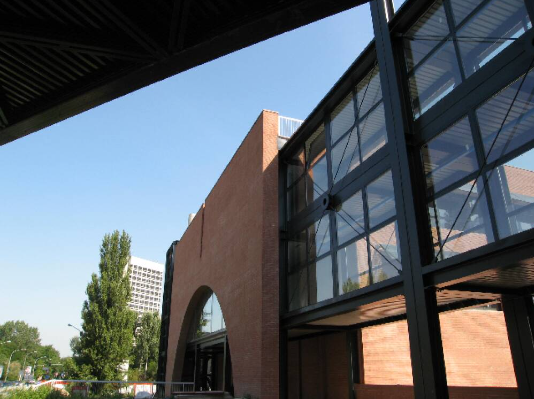
Photo credits: Liceo Copernico, Bologna
Amongst the most impressive features of the Liceo was the courage and confidence of the students to present projects about the fascinating locality of Bologna in English. Their articulation and level of design was commendable, and the time they had clearly taken to produce these presentations was much appreciated. As a native English speaker, I was deeply impressed by the willingness of students in all three schools to invest in History lessons in their second language, and the maturity and determination they put forth in order to get the most from those lessons. What was truly stunning, however, was not only that they were exercising the mental energy to learn an academic subject in their second language, but the complexity of the topics that I was asked to present to them. The story of Sacco & Vanzetti and the Red Scare is not a simple topic to cover with British teenagers I know from experience. However, when compared to the political philosophy of Thomas Hobbes, it appears relatively uncomplicated. Yet, on my last day at the Liceo, I was asked by Signore Todesco to give what was effectively an hour-long lecture to a class of Bolognese sixteen-year-olds about the topic of Hobbes and his political views. Although I don’t think all of my points were understood entirely and, let’s be honest, that would not have been the case even if the presentation had been given to British adults, the students reacted in the manner I had come to expect and appreciate, and the manner they clearly expected from themselves with focus, composure, and respect.
At each school I visited, I made it a point to ask my colleagues if they could inquire to the students I had taught, at a time I was not present, about what they thought of the lessons I provided. Students invariably commented on the fact that the lessons demanded a great deal of energy – the aforementioned dynamic of learning in their second language made that predictable. Listening to the perspectives of the teachers at each school proved equally fun and enlightening, however.
“It was an adrenaline rush for them”, commented History teacher Donata Monesi, who had just watched me perform a “freeze frame” activity with three of her students in a lesson about the Magna Carta, in which the students took on the positions and commented on the situations of three characters in a painting depicting England’s King John I signing the famous document at Runnymede. As Signore Todesco observed me the most, I was also keen to hear his feedback. He paused for a brief moment, allowing himself to fully unlock what I came to admire as his natural tendency for deep contemplation.
“In my lessons”, he stated, “I like to build toward a climax”. He repeatedly moved his hands together and then further apart, raising them slightly and at an angle as he spoke to simulate the appearance of building upwards. “In your lessons…it is like there are five different climaxes”.
I still haven’t decided whether this is a positive or negative thing. As a teacher who mainly teaches 11–16-year-old boys, there are obvious reasons why a tendency toward bombastic presentation and kinaesthetic activity might be natural. Indeed, I considered, if teenage students are to maintain their attention for an hour with a teacher who is instructing them in their second language, it is likely necessary to have performance-based features inherent in your teaching. However, there is no doubt that not all students will prefer this manner of communication. So, I had to ask myself, how would I integrate this critique into my future practice?
I don’t yet know, and haven’t given myself a date by which I must make a decision, but that, in essence, is one of the gifts that my experiences in different schools has given me: the chance to access perspectives that do not fit nicely into simple definitions that can be easily categorised. This instigates fascinating opportunities to further think critically about my own practice, and the teaching profession as a whole.
I follow half of my teachers on Instagram…
In late May, I arrived in Veghel, Netherlands. Appropriately, my beautiful inn was right in front of a canal, and countless speeding bicycles raced past me as I made my way to Zwijsen College, an impressive, modern building in which I met the irrepressible Hellen Janssen. An analytical livewire with a seemingly endless enthusiasm for creating opportunities for student involvement, she put together a diverse and highly fulfilling week’s worth of engagement at the school that was a pleasure to experience. I taught lessons to 15-17-year-olds on topics such as the Scramble for Africa, the spread of communism in Eastern Europe, and women’s suffrage in the UK and the Netherlands. It was clear very early in the week that the relaxed culture of the school environment was in stark contrast to the 400-year-old traditions I was accustomed to in my UK working environment. Casual student swearing and pupil presence in the staffroom aside, the culture of the educational environment was one where situations were constantly being created in order to put students in a position to make decisions – in and out of the classroom. This required constant communication and a perpetual stream of ideas, many of which were communicated on social media between teachers and students. “I follow half of my teachers on Instagram”, one student casually commented. He did not seem to notice my stunned face. That is not an arrangement a UK school would condone!
I would quickly discover, however, that the informality of the communication styles was critical in building relationships within the school community. Inside ten minutes of being introduced to one lesson, two fifteen-year-old boys had changed the subject to football and inquired about my own favourite English team, then begun making jokes pertaining to it. While this is a dynamic that might be seen in an English school, it may well take about five weeks for the relationship to reach that point, not 15 minutes, particularly if the teacher is from a different country. However, positive relationships proved easy to form with virtually every student I had the chance to work with, and whether students were tasked with deciding the most important reason why women gained the vote in the Netherlands, the most prominent connection between industrialisation and the desire for empire amongst European nations, or the most common method of implementing communism in Eastern Europe, student decision making was the emphasised foundation of almost all lessons at Zwijsen. While similarities could be seen with the Finnish in that student-led discovery was thought to be the best way to enhance learning, there was a notable difference in that the discoveries made by students in a Finnish classroom were made through discussions that did not necessarily have to lead to any specific outcome. Each student would have a different outcome for themselves, and make their own decision (or decisions) about the topic in their own time. In Dutch education, students seemed to be encouraged more directly to come to a conclusion for themselves as a result of classroom discussions, with pedagogy emphasising the crafting of opportunities for them to make such decisions. My own experience was more similar to a Dutch style, as the forming of a sustained judgement is often crucial to a student’s exam success in the United Kingdom, but I had developed an undeniable admiration for the Finnish method as well.
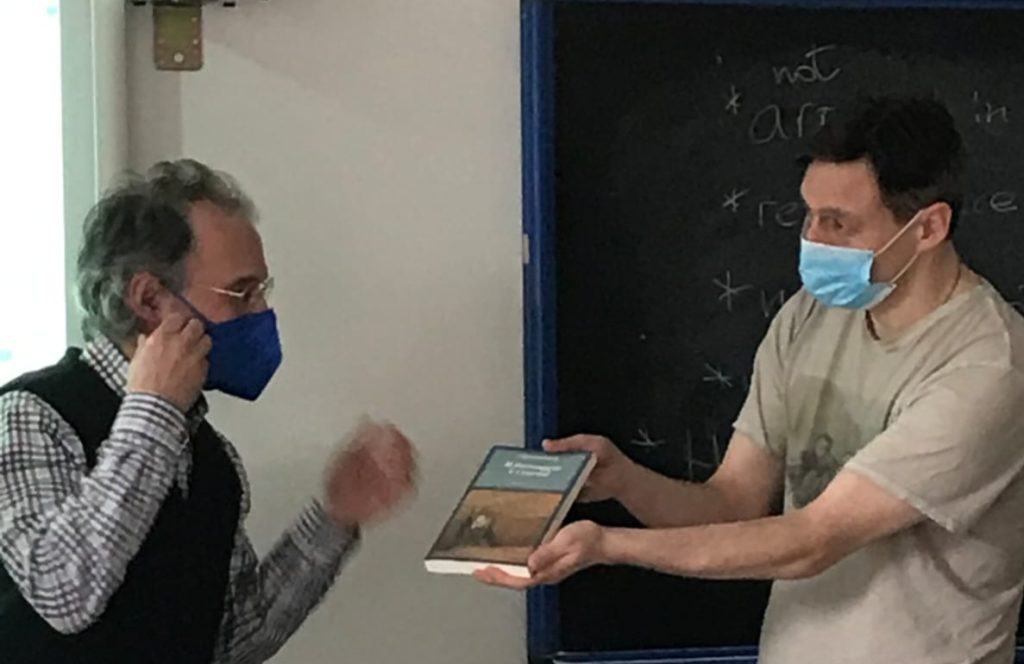
Near the end of the week, I was treated to a wonderful tour of the local community by another teacher at Zwijsen, and taught a mini-lesson with the two aforementioned boys who had enquired about my football interest, emphasising pedagogy commonly considered to be more “boy-oriented”, as this was something I was used to doing. Despite the fact that this lesson took place after school hours and I was essentially asking them to lengthen their school day by roughly another hour and fifteen minutes, the two agreed almost immediately, and I was provided a space in the school library to perform the lesson due to the efforts of Hellen and her colleagues. The mini-lesson went brilliantly, and the students’ attitudes were fantastic. I also participated in the student-organised “Model United Nations”, in which we re-enacted the German response to Operation Mincemeat in 1943. The final decision, made by the Fuhrer (the same “Fuhrer” who follows his teachers on Instagram), was to put cardboard tanks on top of the Balkans as a decoy to prevent allied invasion, and to send the Hitler Youth to patrol the lower Balkans in case that did not work, that way leaving trained soldiers to continue fighting on the Eastern Front in preparation for the Battle of Kursk.
Feasibility did not matter. Student initiative, discovery, engagement, and application did. The chance to participate in creating opportunities for that in such tremendous secondary environments was a privilege I can hardly express through the medium of typing. I am incredibly thankful to all of the schools that gave me a chance to visit, and to contribute to their students, and would encourage any and all members of EuroClio to pursue similar opportunities if you possibly can. I could not have asked for three more welcoming school communities than what I experienced, and can confidently promise that whatever impact you have on the students you teach, and whatever memories you may create in your visits, your experience will provide to you the same, most invaluable gift that we are forever trying to give to our students:
It will make you think.


